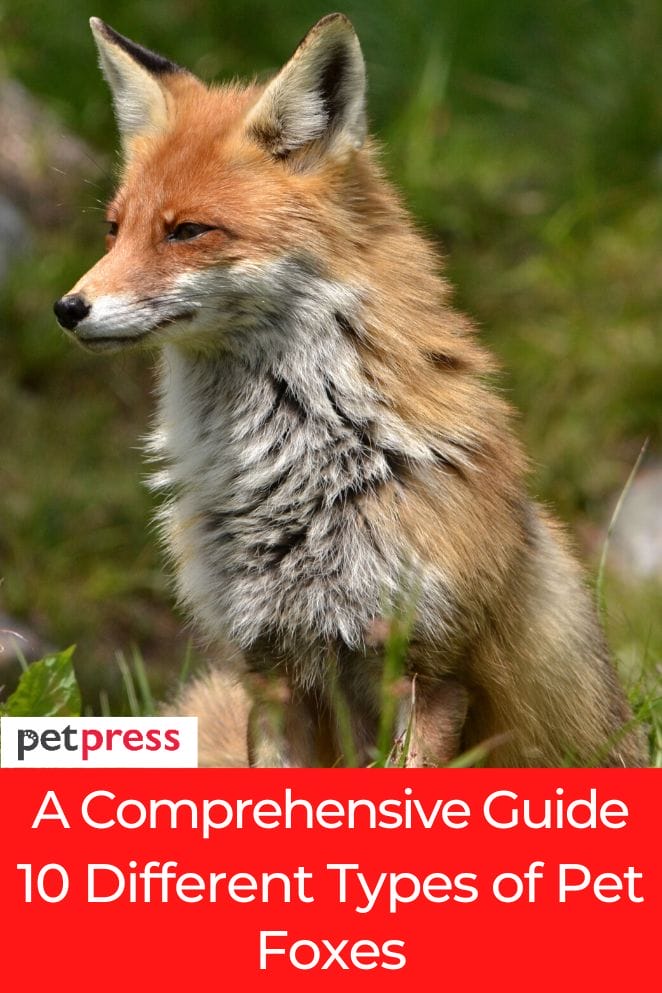
The rising popularity of foxes as pets is undeniable, given their distinctive personalities and endearing appearances.
Diverse species offer unique traits, each with specific care requirements.
In this blog post, we delve into the top pet fox types, crucial considerations before bringing one into your home, and guidance on selecting the right fox for your lifestyle.
Join us on this informative journey into the world of keeping foxes as companions.
10 Different Types of Pet Foxes
Fennec Fox
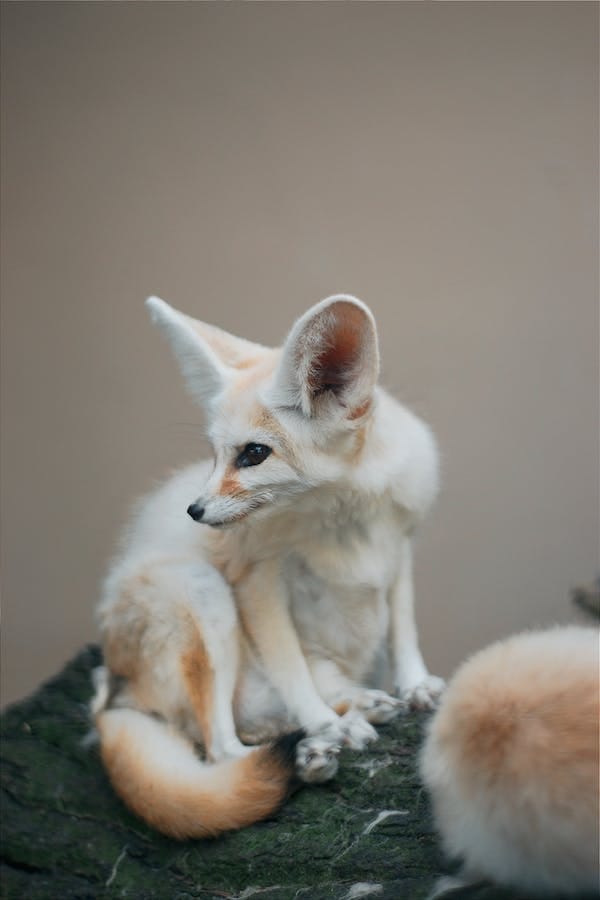
The Fennec fox stands out as a popular choice for a pet fox, prized for its diminutive size, sweet demeanor, and notably long life expectancy.
These small canids are cherished for their charming personalities, making them a favorite among exotic pet enthusiasts.
However, potential owners should be aware of their nippy behavior, which might make them less suitable for households with small children or other pets.
Breed Overview
| Length | Small |
| Weight | Variable |
| Physical Characteristics | Small size, distinctive large ears, tan fur |
| Life Expectancy | 10-15 years |
Red Fox

In contrast to the lively Fennec, the Red fox exudes a more reserved disposition.
While Red foxes can indeed be domesticated and kept as house pets, they present a larger and more untamed appearance compared to their smaller counterparts.
Prospective owners should be prepared for a more independent and less sociable companion.
Breed Overview
| Length | Medium to Large |
| Weight | Variable |
| Physical Characteristics | Larger size, bushy tail, reddish-brown fur |
| Life Expectancy | 3-4 years (wild); up to 14 years (captivity) |
Silver Fox (Domesticated)
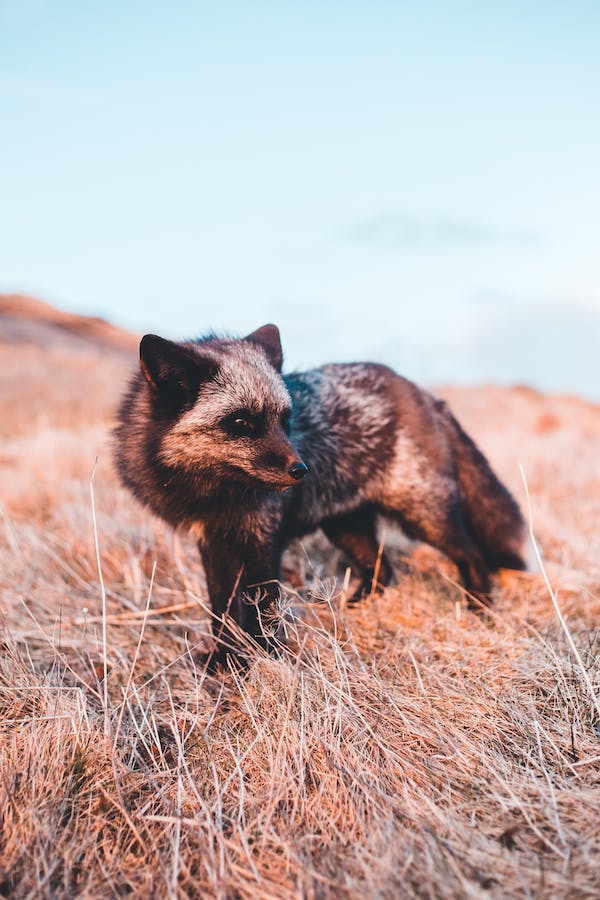
A domesticated variant of the Arctic fox, the Silver fox captivates with its stunning silver fur and friendly nature.
This breed has been selectively bred for domestication, offering a captivating blend of beauty and amiable behavior.
Potential owners seeking a visually striking and affable fox may find the Silver fox an appealing choice.
Breed Overview
| Length | Medium |
| Weight | Variable |
| Physical Characteristics | Beautiful silver fur, domesticated temperament |
| Life Expectancy | 8-15 years |
Arctic Fox
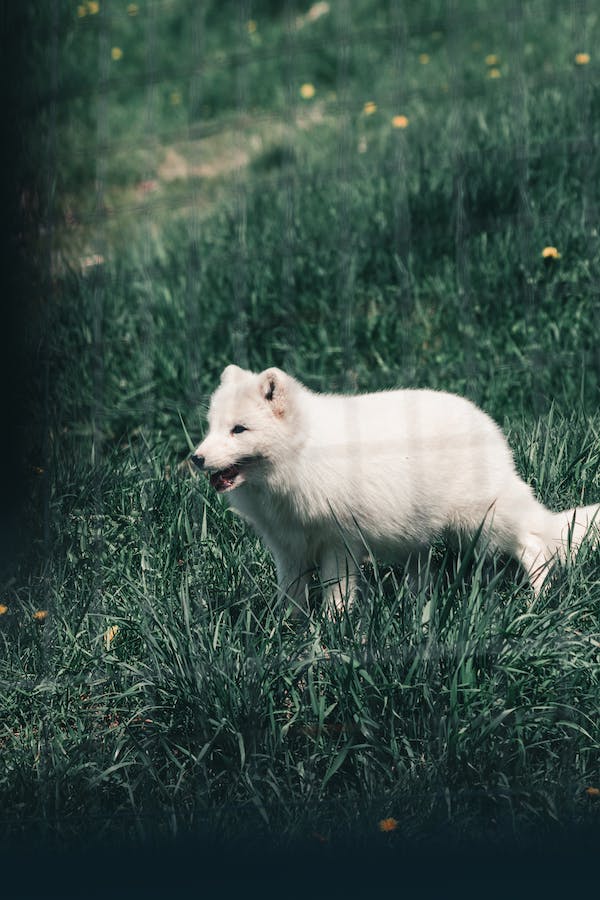
Native to the frigid Arctic regions, the Arctic fox is a small and hardy species well-adapted to cold climates.
While not as commonly chosen as a house pet, these foxes are fascinating creatures known for their resilience and resourcefulness in surviving harsh environments.
Considered more suitable for those experienced in handling exotic animals, Arctic foxes offer a unique and captivating option for prospective owners.
Breed Overview
| Length | Small |
| Weight | 6-17 pounds |
| Physical Characteristics | Thick white fur, compact build, well-adapted to cold climates |
| Life Expectancy | 3-4 years (wild); up to 14 years (captivity) |
Gray Fox
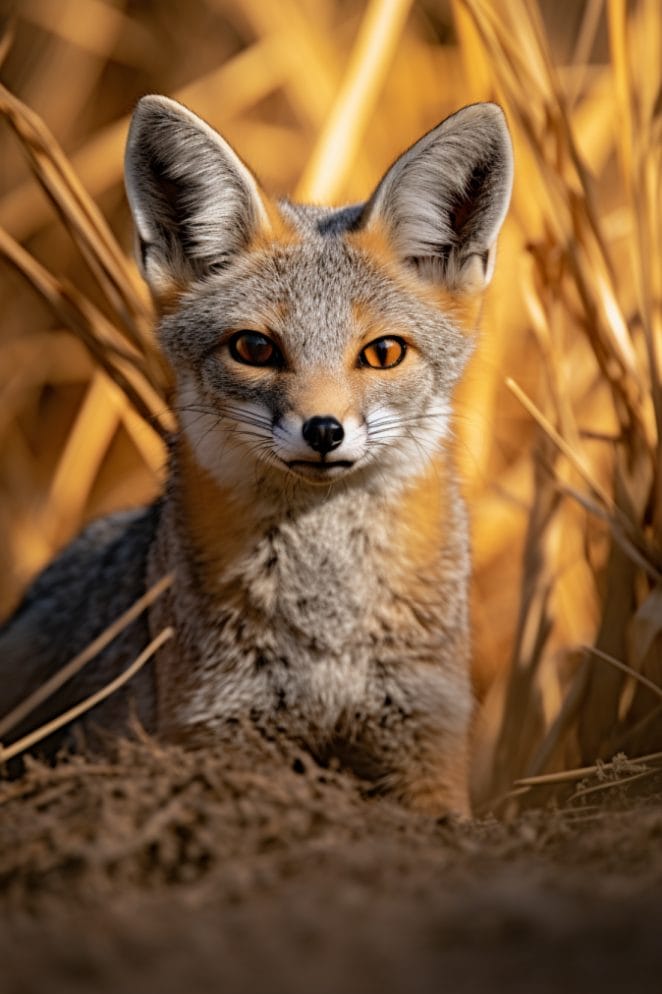
The Gray fox, indigenous to North America, boasts a distinctive grayish-brown fur that sets it apart in the fox family.
Shy and solitary by nature, these foxes exhibit a more reserved demeanor.
For those seeking a less interactive yet captivating companion, the Gray fox may be an ideal choice, especially for individuals who appreciate observing the grace and beauty of a more reclusive pet.
Breed Overview
| Length | Medium |
| Weight | 7-13 pounds |
| Physical Characteristics | Grayish-brown fur, slender body, distinctive black markings |
| Life Expectancy | 6-8 years (wild); up to 14 years (captivity) |
Bat-eared Fox
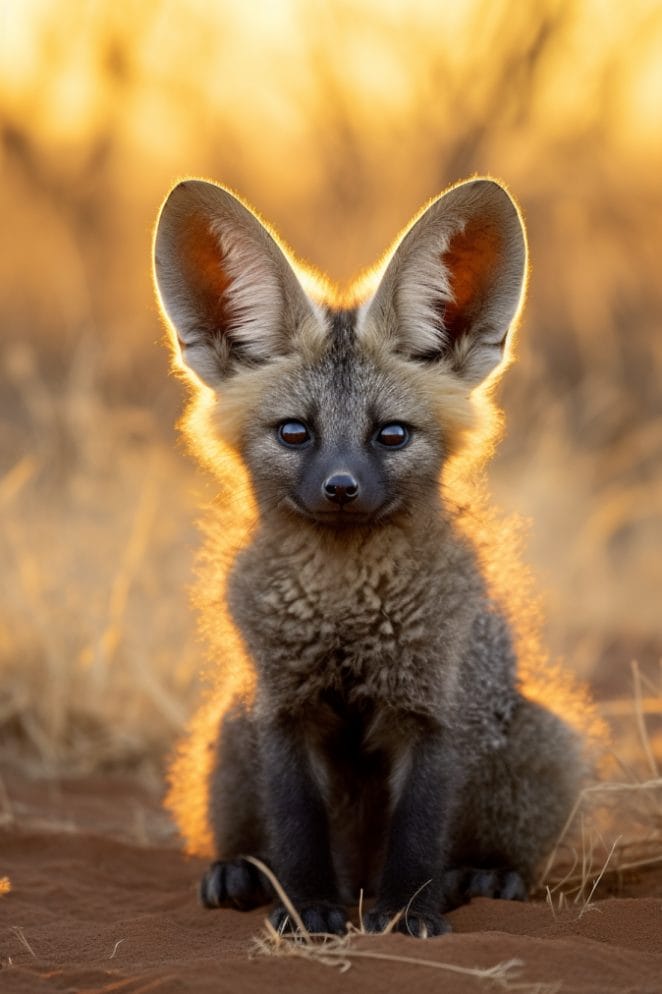
Hailing from the expansive landscapes of Africa, the Bat-eared fox is a captivating species distinguished by its oversized ears.
These remarkable ears, resembling those of bats, serve a crucial purpose – they aid in detecting insects, a primary component of their diet.
Beyond their distinctive physical feature, Bat-eared foxes are social creatures, often found in family groups.
Their communal nature is evident in cooperative activities such as foraging and caring for their young.
Breed Overview
| Length | 18-25 inches |
| Weight | 4-8 pounds |
| Physical Characteristics | Large ears, tan or gray fur, social behavior |
| Life Expectancy | 6-9 years |
Swift Fox
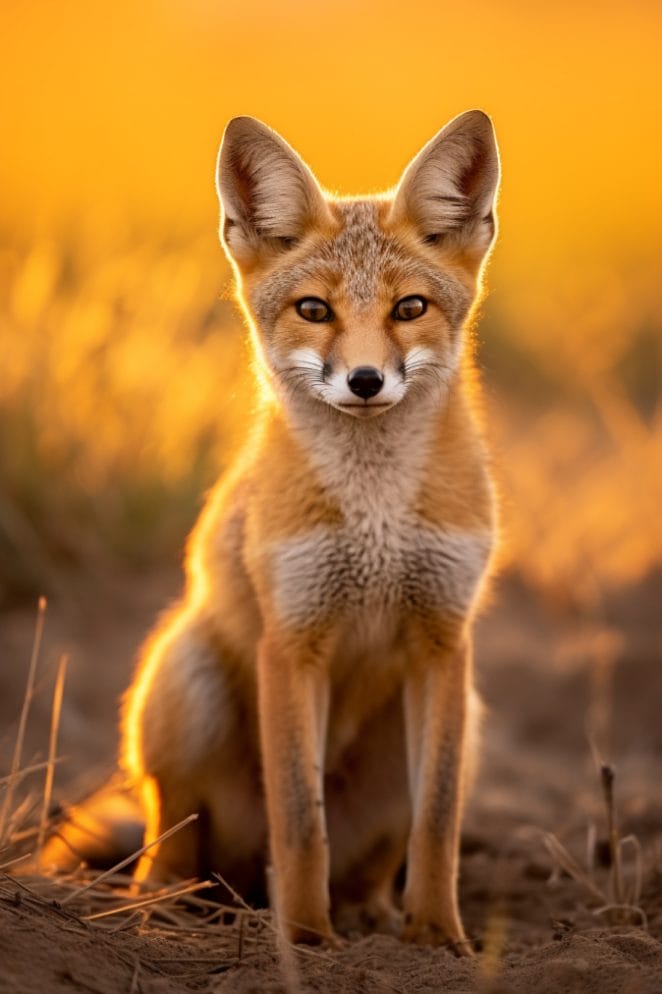
Native to the vast expanses of North America, the Swift fox lives up to its name with remarkable speed.
Known for its agility and quick movements, this fox is often elusive and shy in its behavior.
Swift foxes thrive in grasslands and prairies, relying on their speed not only for hunting but also for escaping potential predators.
Despite their shyness, they play a crucial role in maintaining ecological balance within their habitats.
Breed Overview
| Length | 31-40 inches |
| Weight | 3-6 pounds |
| Physical Characteristics | Sleek build, reddish-brown fur, swift and agile |
| Life Expectancy | 3-4 years (wild); up to 14 years (captivity) |
Kit Fox
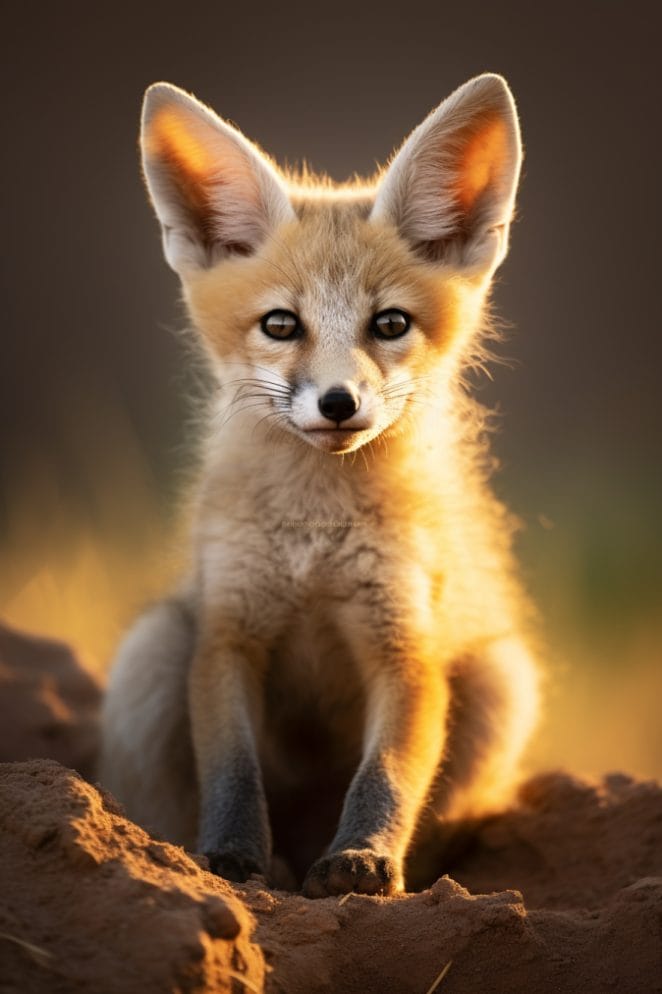
Another North American native, the Kit fox, charms with its small size and shy demeanor.
These foxes are adapted to arid environments, showcasing their ability to thrive in desert landscapes.
Typically found in small family groups, Kit foxes display a strong sense of familial bonds.
Their shy nature makes them expert at avoiding potential threats, utilizing their keen senses to navigate their surroundings with caution.
Breed Overview
| Length | 18-22 inches |
| Weight | 3-6 pounds |
| Physical Characteristics | Small size, grayish-brown fur, shy demeanor |
| Life Expectancy | 5-7 years (wild); up to 14 years (captivity) |
Corsac Fox
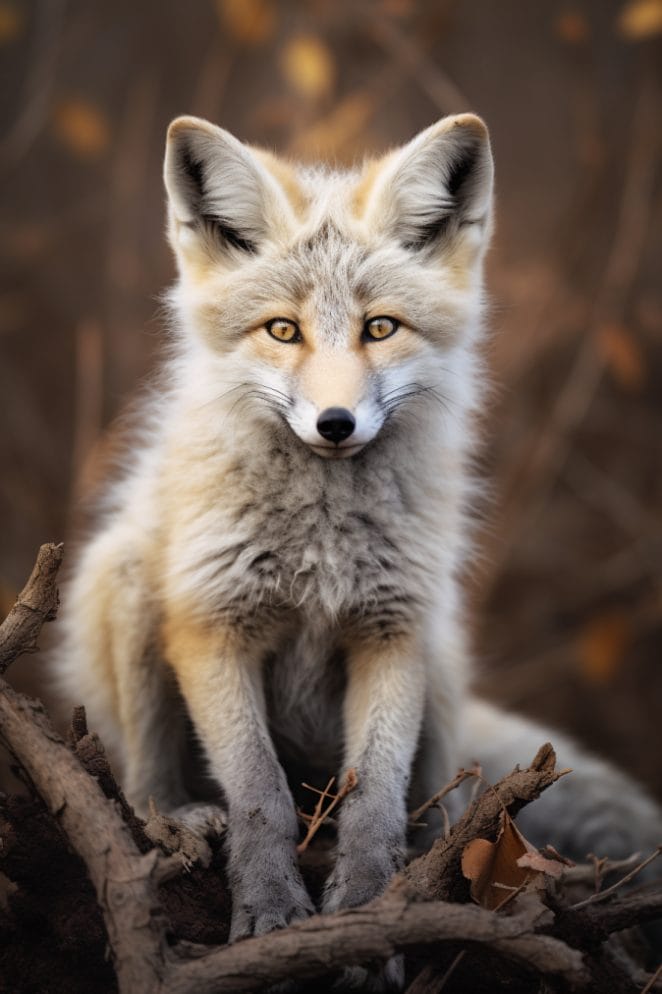
Found in the African regions, Corsac foxes are known for their distinctive appearance and social tendencies.
Sporting a dense coat that changes color with the seasons, these foxes are adapted to the challenges of their environment.
Living in groups, Corsac foxes engage in cooperative behaviors such as hunting and raising their young. Their social dynamics contribute to their overall resilience in the wild.
Breed Overview
| Length | 19-24 inches |
| Weight | 5-9 pounds |
| Physical Characteristics | Dense fur, color-changing with seasons, social behavior |
| Life Expectancy | 6-8 years |
Bengal Fox
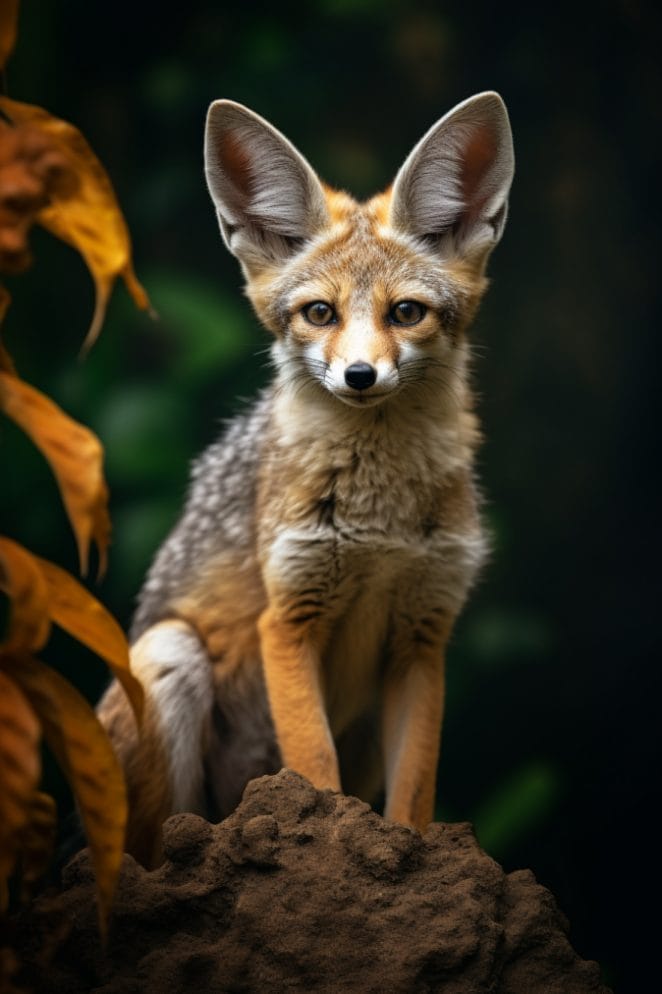
The Bengal fox is a captivating hybrid resulting from the crossbreeding of Red foxes and Asian red foxes.
This unique combination gives rise to a fox with a striking appearance, often exhibiting a blend of features from both parent species.
Notably, Bengal foxes are recognized for their amicable nature, making them relatively friendly compared to some other fox species.
Their engaging personalities make them appealing to those seeking a companionable fox breed.
Breed Overview
| Length | 18-25 inches |
| Weight | 6-12 pounds |
| Physical Characteristics |
Striking appearance, hybrid features, friendly demeanor
|
| Life Expectancy | 6-12 years |
Considerations Before Getting a Pet Fox
Owning a pet fox can be a unique and rewarding experience, but before bringing one into your home, it’s crucial to consider several factors to ensure the well-being of both the fox and your household.
Legality
Before falling in love with the idea of a pet fox, research and understand the legality of owning one in your area.
Laws regarding exotic pets, including foxes, vary widely by state and even municipality.
Some regions may have strict regulations or outright bans, so it’s vital to comply with local laws.
Housing
Foxes are not your typical house pets.
They require specific housing accommodations.
A large, secure cage or outdoor enclosure is necessary to provide them with enough space to move around and exhibit natural behaviors.
Additionally, some foxes can be litter-trained, but this depends on the individual and may require patience and consistency.
Diet
The dietary needs of foxes are unique and reflect their wild instincts.
While high-quality, protein-rich dog food is a staple, it should be supplemented with other elements.
Foxes have an inherent drive to forage, so incorporating cooked or raw meats, vegetables, and fruits is essential.
A well-balanced diet contributes to their health and happiness.
Veterinary care
Foxes require specialized veterinary care.
Not all veterinarians are equipped or experienced in treating exotic animals like foxes.
Before bringing a fox home, establish a relationship with a veterinarian who has expertise in fox health.
Regular check-ups and prompt attention to any health issues are crucial for ensuring the longevity and well-being of your furry friend.
Compatibility
While foxes can form strong bonds with their owners, they may not be the best fit for every household.
Their nippy behavior and sometimes unpredictable reactions may make them less suitable for homes with small children or other pets.
Consider the temperament of the specific fox breed you’re interested in and assess whether it aligns with your family dynamics.
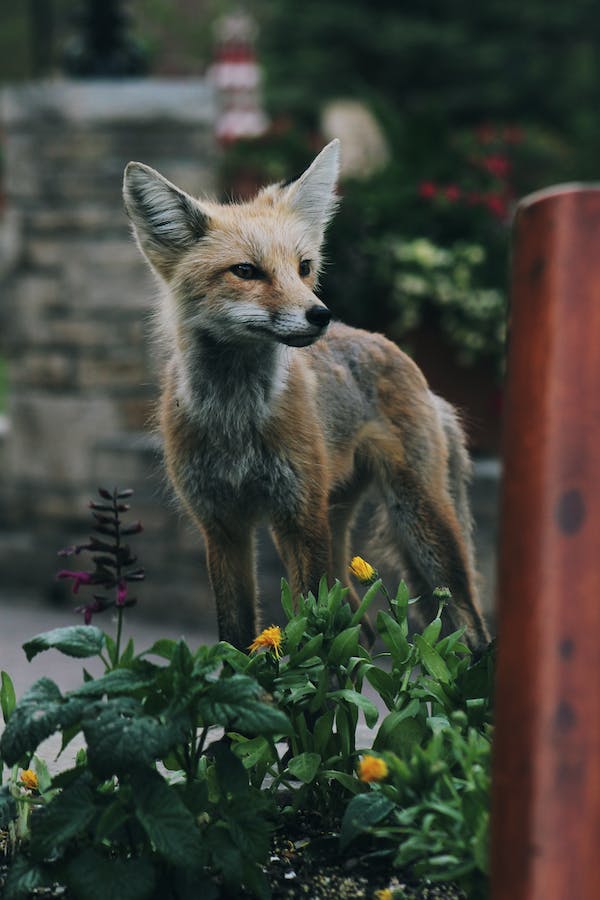
What are the common health issues that pet foxes face?
Owning a pet fox comes with the responsibility of ensuring their health and well-being.
Like any other animals, foxes are susceptible to various health issues that require careful attention and, in some cases, prompt veterinary care.
Mange
One prevalent health concern for pet foxes is sarcoptic mange, a condition caused by mites.
This pesky infection can result in intense itching, hair loss, and in severe cases, weight loss and organ damage.
Regular check-ups and prompt treatment can help manage and prevent the spread of mange.
Allergies
Foxes, like humans and other pets, can develop allergies.
These allergies may be triggered by various factors such as pollens, dust, molds, certain foods, bedding, or shampoos.
Identifying and addressing allergens can help alleviate symptoms and improve the fox’s quality of life.
Epilepsy
Epilepsy, a brain disorder leading to seizures and fits, can affect foxes, including those raised in domestic settings.
While it may be challenging to predict or prevent seizures entirely, working closely with a knowledgeable veterinarian can help manage the condition and improve the fox’s overall health.
Eye Issues
Foxes may encounter various eye problems, including cataracts, corneal dystrophy, and progressive retinal atrophy.
Regular eye examinations and early detection of issues can be crucial in preventing or managing these conditions, ensuring the fox maintains good vision throughout its life.
Legg-perthes disease
Legg-Perthes Disease is a degenerative condition affecting the head of the femur bone.
This can lead to inflammation of the hip joint and, in severe cases, the collapse of the hip.
Monitoring the fox’s mobility and seeking veterinary advice if any issues arise is essential for early intervention and treatment.
Rabies
While the risk is generally low for pet foxes raised in captivity, the potential for rabies must not be overlooked.
Rabies is a serious and fatal disease that can affect both animals and humans.
Regular vaccinations and preventive measures are crucial to safeguard the health of both the fox and its human companions.

Choosing the right fox for you
Adopting a pet fox is an exciting venture, but it comes with important considerations to ensure a harmonious companionship.
Here are some factors to weigh when selecting the right fox for you:
Size
The size of the fox is a crucial aspect to consider.
Different fox species vary in size, and it’s essential to choose one that fits well within your living space.
Larger foxes, such as the Red fox, may require more room to roam and may not be suitable for confined spaces like small apartments.
Assess your living situation and choose a fox size that aligns with your available space and the fox’s need for movement.
Personality
Foxes are not one-size-fits-all when it comes to their personalities.
Each fox has unique traits and behaviors. Some may be more playful and outgoing, while others might be more reserved or independent.
Take the time to understand the specific personality of the fox you’re considering and ensure it aligns with your lifestyle and preferences.
If you’re an active individual, a more playful fox might be a good match, while a quieter, more laid-back fox may be suitable for a calmer household.
Compatibility
Consider the dynamics of your household, especially if you have other pets or family members.
Foxes, by nature, can exhibit shyness or nippiness, and some may not be as social as others.
It’s crucial to choose a fox that is compatible with your existing family members, both human and animal.
Introducing a new fox to a household with other pets should be done gradually, allowing time for everyone to adjust and ensuring a harmonious living environment.
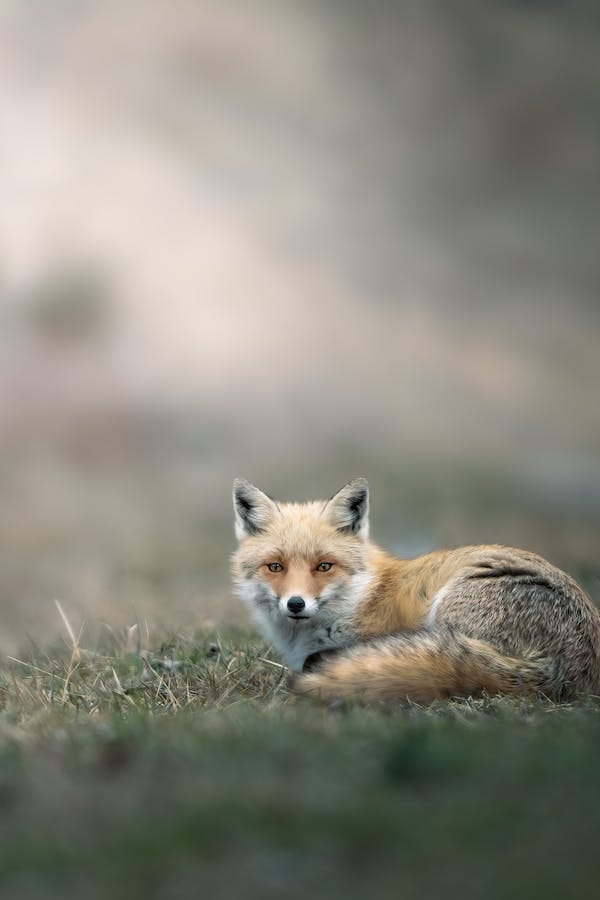
Conclusion
Owning a fox can be a fulfilling experience for those ready to meet their distinctive requirements, offering suitable housing, a proper diet, and essential veterinary care.
By exploring the outlined factors and delving into the various types of pet foxes through research, you can identify the ideal fox that complements your lifestyle.
Make an informed choice, ensuring you are well-prepared to cater to their unique needs and create a harmonious bond with your furry companion.
FAQs
Foxes can be good pets for those who are prepared for their specific needs and can provide them with the appropriate housing, diet, and veterinary care.
Fennec Foxes are the most popular type of pet fox due to their small size, long life expectancy, and sweet personality.
Foxes should be fed a combination of high-quality, protein-rich dog food, cooked or raw meats, vegetables, and fruits for variety.
Yes, foxes require specialized veterinary care, as regular veterinarians may not be able to treat them.
Laws on exotic pets vary by state, so it’s essential to ensure that you are allowed to own a fox in your area.


GIPHY App Key not set. Please check settings